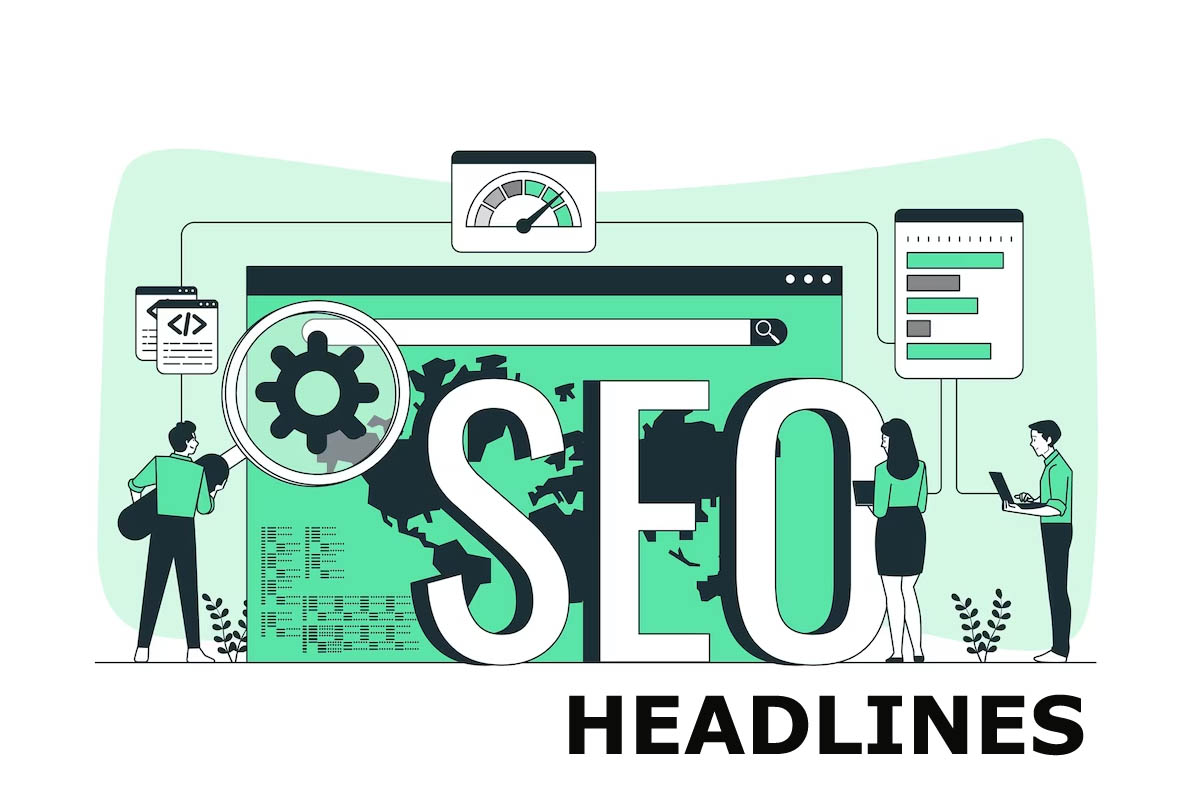SEO Headlines
SEO headlines, also called Search engine optimization bots, are titles crafted to attract both search engines and visitors, eventually driving more organic traffic and revenue to your website. It is crucial to write headlines in such a way that optimize search engines yet are very creative, user-friendly, and compelling so that people should click on your web page.
The primary goal for SEO headlines is to incorporate the relevant keywords and phrases that users commonly use when looking for particular information. And when you include keywords that people search for the most, the page will rank at the top.
When done right, SEO headlines can significantly increase click-through rates, improve user engagement, and contribute to the overall success of a website’s content marketing and SEO strategies. So let us look at some how-to-write SEO that can enhance your website user engagement.
How to Write SEO Headlines that Bots?
Use Relevant Keywords: It is crucial to include keywords commonly used by the target audience and relevant to your content.
Keep it concise: Aim for clear and concise headlines, typically around 50-60 characters, to ensure they display correctly in search results.
Create compelling titles: Ensure your headline engages and entices readers to click through to your content.
Use numbers and lists: Incorporate numbers and lists in your headlines, as they attract attention and make your content appear organized.
Address the reader’s intent: Understand the searcher’s intent and try to address it directly in your headline.
Avoid keyword stuffing: While using keywords is essential, avoid overloading your headline with too many keywords, as it can harm your SEO.
Write for humans first: Focus on creating headlines that resonate with human readers as search engines increasingly prioritize user-focused content.
What are the Advantages of SEO Headlines?
SEO headlines offer several advantages that can benefit your online presence and content marketing efforts:
Improved Search Engine Ranking: Optimising headlines with relevant keywords and phrases can increase the probability of the content ranking higher in search engine results, leading to more visibility and organic traffic.
Increased Click-Through Rates (CTR): Engaging and well-optimized headlines can entice users to click on your content when it appears in search results, boosting your click-through rates.
Enhanced User Engagement: SEO headlines that address user intent and emotions are more likely to resonate with your target audience, leading to higher engagement and longer time spent on your website.
Higher Conversion Rates: When your headlines precisely represent the content and fulfill users’ expectations, they are more likely to convert into customers or take desired actions on your website.
Competitive Edge: Using effective SEO headlines can outperform competitors in search results, attracting more traffic and potentially gaining a competitive advantage.
Better Brand Visibility: SEO-friendly headlines can help establish your brand’s online presence and increase brand visibility among your target audience.
Long-Term Benefits: Once your content ranks well in search engines, it can continue to generate organic traffic over time, providing a sustainable source of visitors without ongoing advertising costs.
Social Media Share-ability: SEO headlines that are attention-grabbing and share-worthy can increase social media shares, expanding your content’s reach and driving more traffic to your website.
Conclusion
Remember, SEO is not just about pleasing bots but also about providing value to your audience. By crafting headlines that balance search optimization and user engagement, you can increase the likelihood of your content being discovered and clicked on by both search engines and real users.
Overall, investing time and effort in crafting SEO headlines can significantly impact the success of your content marketing strategy by driving more traffic, engaging your audience, and improving your overall online visibility.

